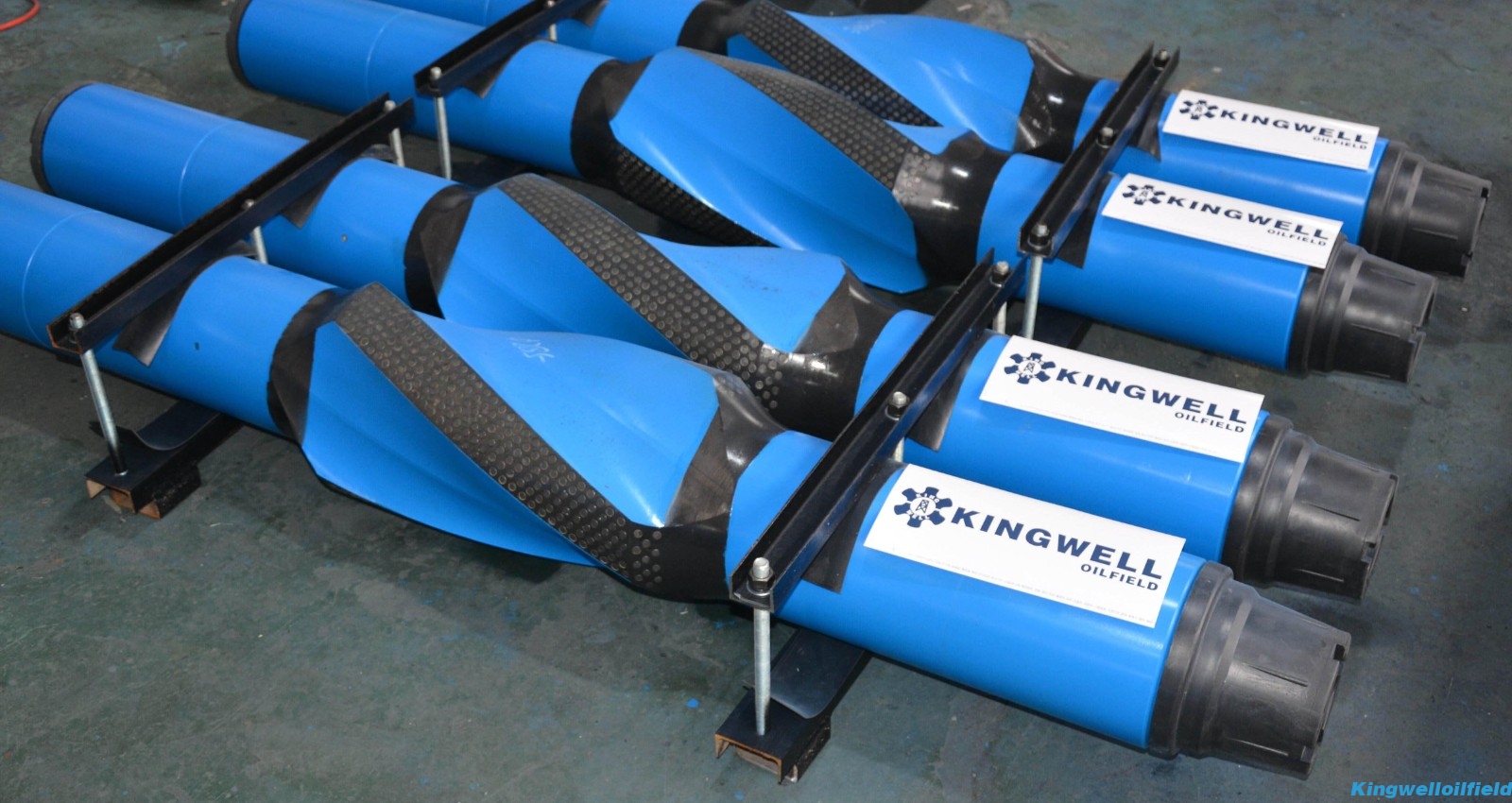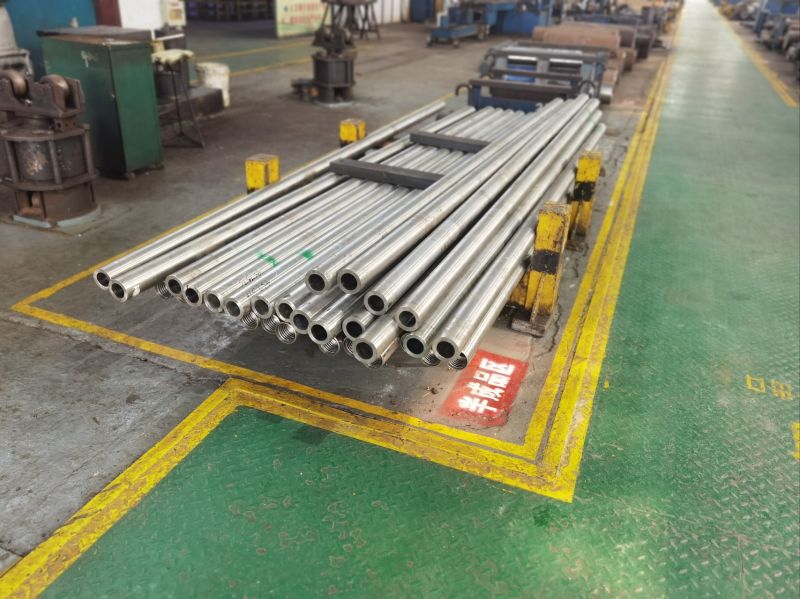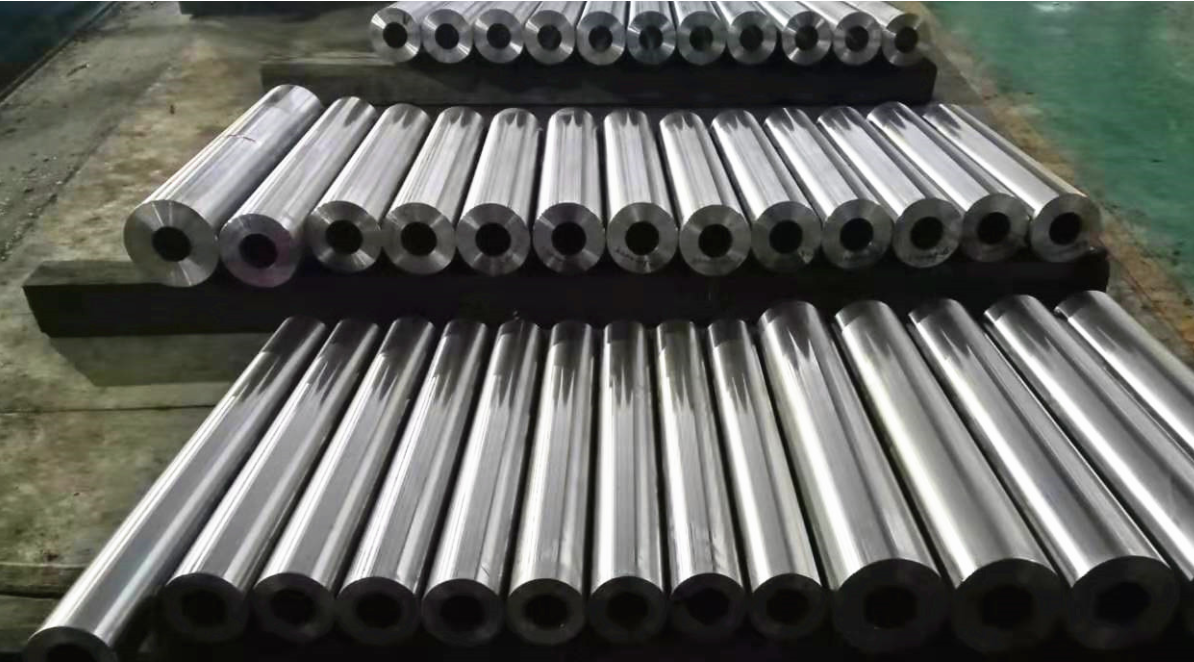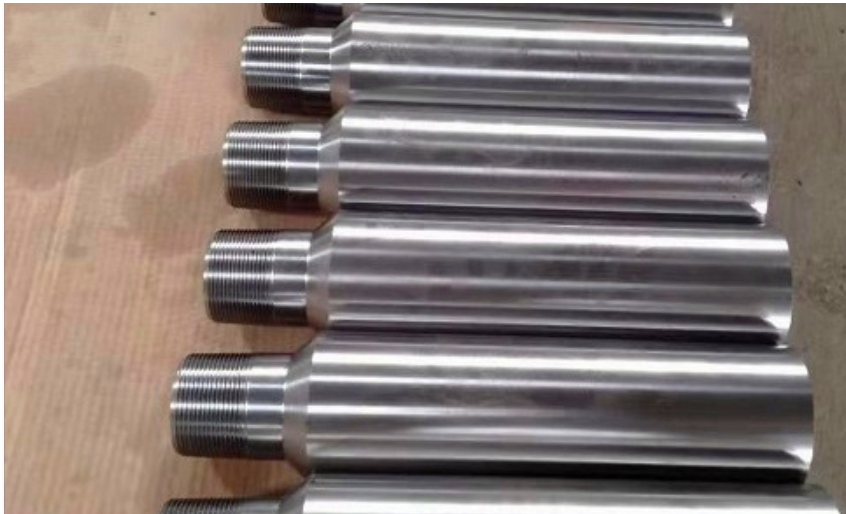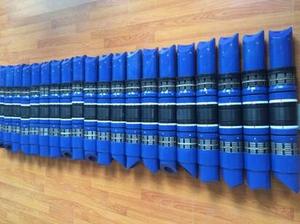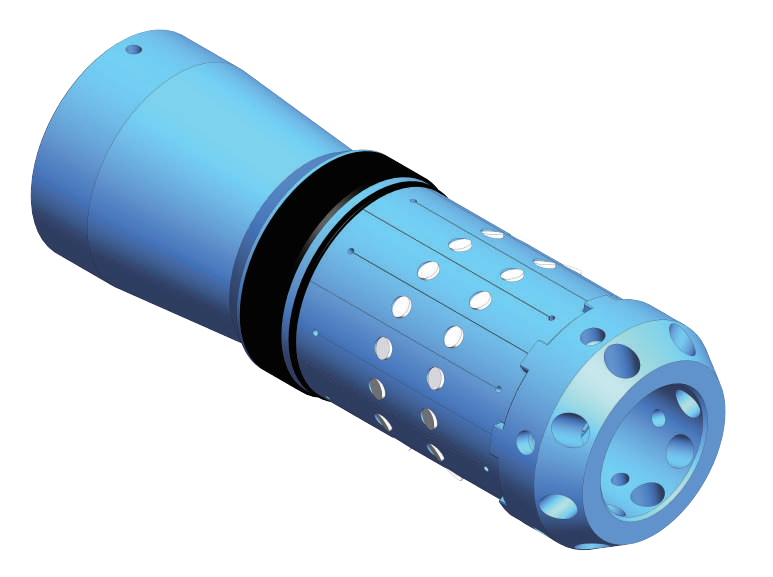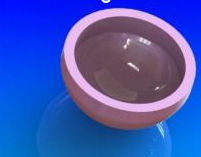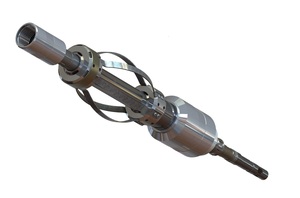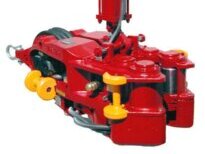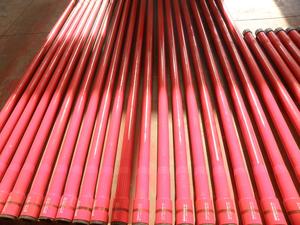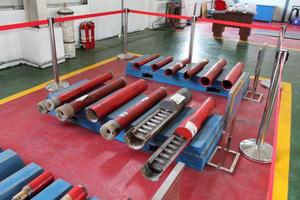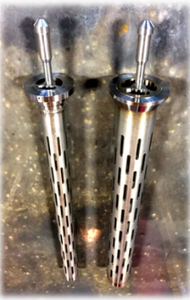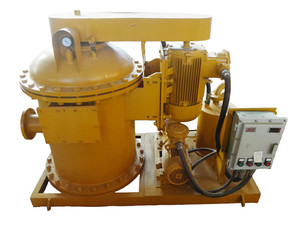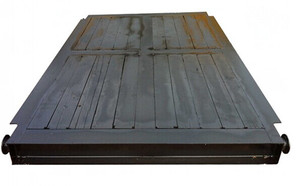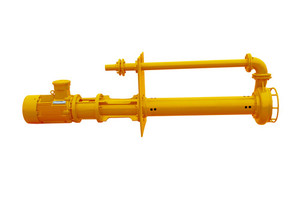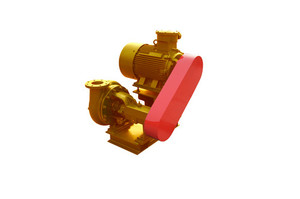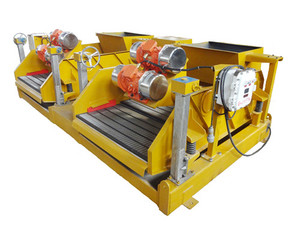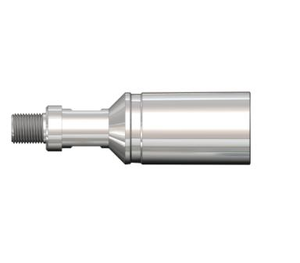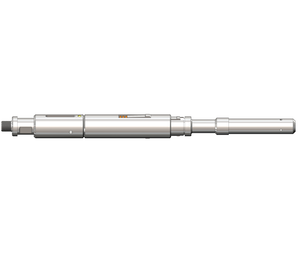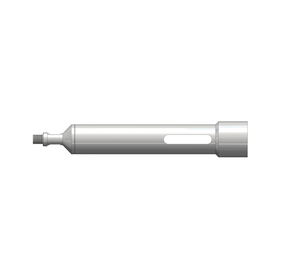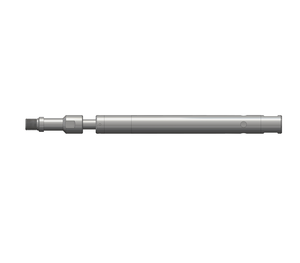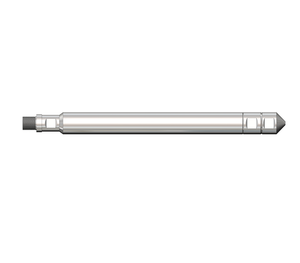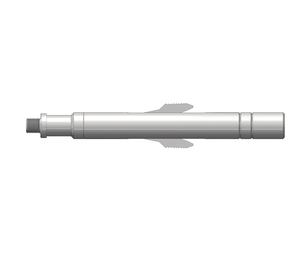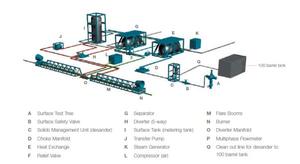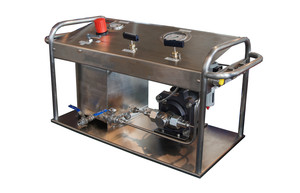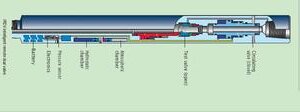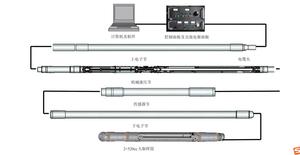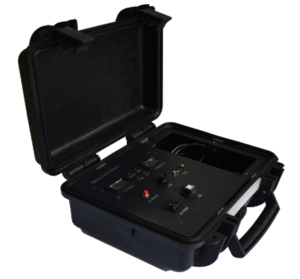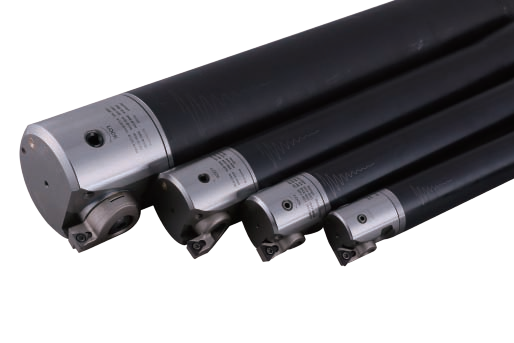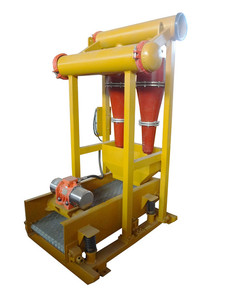Drilling Mud Solids Control Equipment_Mud Desander
Product Parameters
Product Parameters
DESCRIPTION
Desander is the second class and the third class solid control equipment to treat the drilling fluid. According to the size of the cone diameter, it is divided into Desander and Desilter. Usually the cone diameter is more than 6″is called Desander, and used as the second-control equipment in drilling operation. We commonly used 8 "and 10" cones
desander to separate solid-phase particle size 47-76μm in the drilling fluids.
Desander for Oil drilling mud
Hydrocyclones is also called cyclone separator.Hydrocyclones consist of desander(10 in. cone) and desilter(4 in. cone)are drilling rig equipments with a set of hydrocyclones that separates sand and silt from the drilling fluid. Desander is installed after shakers and degasser but before desilter. Desander removes those abrassive solids from the drilling mud which cannot be removed by shakers.
Desander, as stated earlier, have no moving parts. The larger the internal diameter (ID)of the desander is, the greater the amount of fluid it is able to process and the larger the size of the solids removed. Desander (10 in.cone) are able to remove roughly 50 percent of those solids within the 40-50 micron range at a flow rate of 500 gallons per min(gal/min), while desilter (4 in. Cone) are able to remove approximately 50 percent of those solids within the 15-20 micron range at a flow rate of 60 gal/min. Micro fine separators are able to remove around 50 percent of those solids within the 10-15 micron range at a flow rate of 15 gal/min. Desander is typically positioned next-to-last in the arrangement of solids control equipment, with decanting centrifuge as the subsequent processing unit. Desander are preceded by gas busters, gumbo removal equipment (if utilized), shale shakers, mud cleaner (if utilized) and vacuum degasser.Desander is widely used in oilfield drilling.

 Global Service Hotline +86-18729329559
Global Service Hotline +86-18729329559
